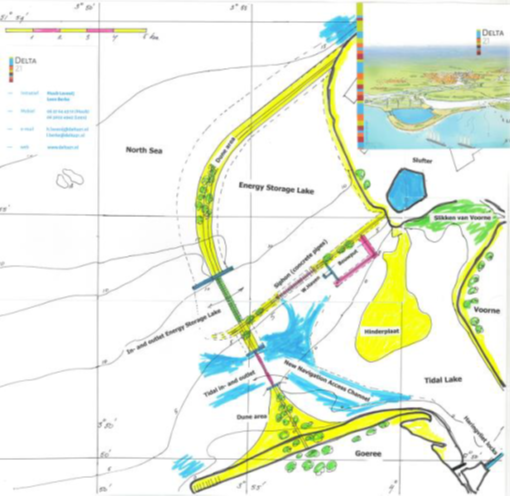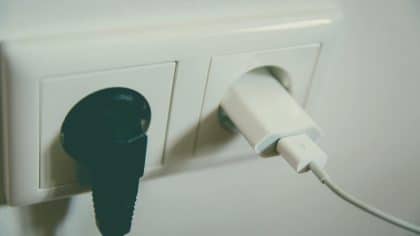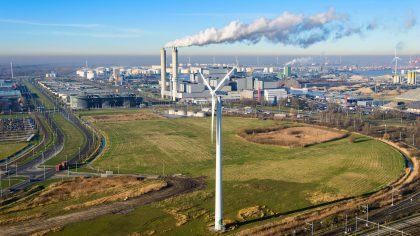The Lievense plan was developed in the Netherlands in the 1970s and 1980s. The most recent variant is an energy island in the North Sea with a storage capacity of 20 or 30 GWh (de Boer et al., 2007). Under certain assumptions this plan had a positive business case, however it did not progress beyond a basic design. De Vilder (2017), under the supervision of Witteveen+Bos, investigated an energy storage lake on the Dogger Bank with a storage capacity of 25-50 GWh. The only active initiative in the Netherlands is Delta21, which combines water safety and nature development with energy storage in an energy storage lake.
The most recent Delta21 design has an energy lake with a pump turbine capacity of 1.8 GW, which, if necessary, can quickly drain river water at very high water levels, thereby preventing the need for reinforcement of river dikes. Furthermore, the pump turbine is used to pump water from the lake when there is a high supply of electricity and to supply energy when there is a high demand for electricity (Delta 21, 2020).
All information in the datasheets is also available in ESDL (Energy System Description Language). You can find them in the Energy Data Repository (EDR).



